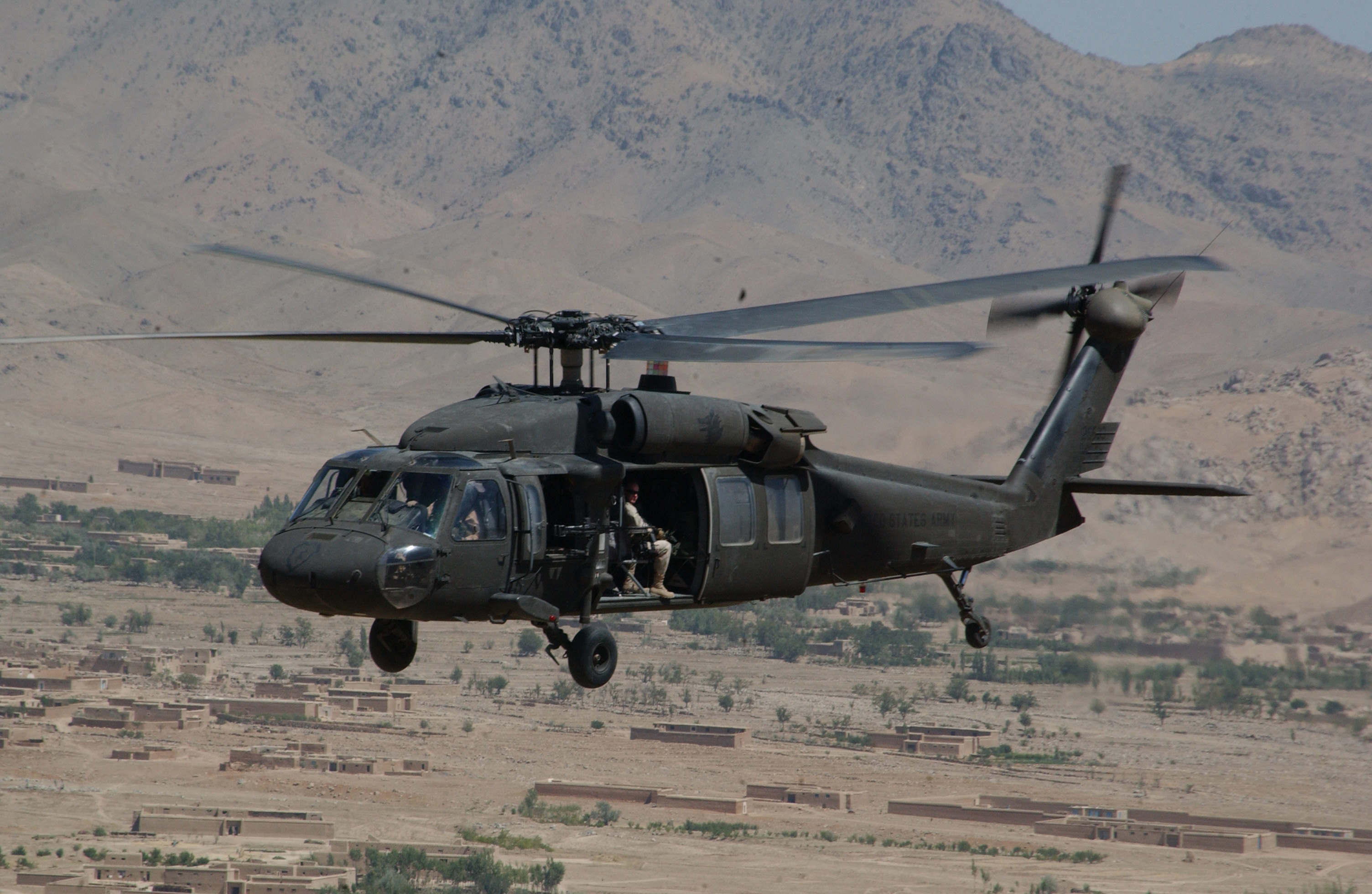In-Depth Evaluation of the UH 60 Helicopter: Introduction Its Parts and Advantages
The UH-60 helicopter stands as a stalwart in modern air travel, renowned for its robust design and multifaceted abilities. As we study this aerial workhorse, we will certainly study its detailed parts, from the engines that power its trip to the advanced avionics that direct its objectives. Exploring the toolbox of armament and protective systems that strengthen its role, we reveal a machine that not only masters fight circumstances yet likewise showcases adaptability in diverse functional environments. Join us as we unwind the layers of this aircraft, revealing the benefits and subtleties that make the UH-60 a keystone of armed forces and civilian air travel alike.
UH-60 Helicopter: Introduction of Style

Acquired from substantial research study and growth, the UH-60 helicopter showcases a careful mix of capability and wind resistant performance in its ingenious layout. This functional airplane, largely used for troop transport, clinical discharge, and other goals, boasts a robust structure that can withstand various operational atmospheres. The UH-60's outside includes a sleek and streamlined body, designed to reduce drag and improve its total efficiency in flight. Its retracting landing equipment additionally adds to its wind resistant account, enabling smooth take-offs and landings.
Furthermore, the UH-60's blades system plays an essential role in its layout, giving the necessary lift and ability to move for complicated goals. The main rotor blades are meticulously crafted to optimize lift while the tail blades makes sure stability and control throughout trip. Additionally, the helicopter's large inside can accommodate as much as 20 guests or a substantial quantity of cargo, making it a versatile and trusted transport system. In significance, the UH-60 helicopter's layout exemplifies a perfect equilibrium between functionality, performance, and adaptability, making it a staple in army operations worldwide.


Engine and Propulsion System
The UH-60 helicopter's engine and propulsion system are integral parts that power its operations with effectiveness and dependability. The UH-60, generally called the Black Hawk, is geared up with two General Electric T700-GE-701D engines, offering it with the necessary power to perform its varied goals effectively. These turboshaft engines are renowned for their robustness and high performance, making them perfect for the UH-60's operational needs.
The propulsion system of the UH-60 helicopter includes an innovative major rotor system and a tail blades. The main blades is critical in creating lift and thrust, permitting the helicopter to remove, maneuver, and land smoothly. The tail rotor, on the various other hand, plays an important duty in combating the torque produced by the main blades, ensuring the helicopter maintains directional control.
Avionics and Interaction Tools

Weaponry and Defensive Functions
Enhancing the UH-60 helicopter's tactical abilities, the armament and defensive features play an important function in guaranteeing objective success and crew security. Additionally, the UH-60 can be equipped with sophisticated missile systems to involve targets at longer ranges, further raising its lethality on the combat zone.
In regards to defensive features, the UH-60 incorporates armor plating to safeguard the crew and essential components from little arms fire and shrapnel. The helicopter is furnished with innovative defensive help systems (DAS) that consist of radar caution receivers, projectile warning sensing units, and countermeasure dispensers to discover and deflect incoming dangers such pop over to this web-site as rockets and hostile fire. These integrated defensive systems considerably boost the UH-60's survivability in high-threat environments, permitting it to operate properly in facility and tough goals while prioritizing team safety and security.
Functional Benefits and Adaptability
Including advanced armament systems and durable defensive features, the UH-60 helicopter shows phenomenal functional advantages and convenience in various mission circumstances. Its ability to adjust to diverse roles such as troop transportation, clinical evacuation, search and rescue, and unique operations makes it a highly popular possession in army and private operations. The UH-60's twin-engine design gives added security and integrity, permitting it to operate efficiently in difficult settings and unfavorable try this site weather.
Moreover, the helicopter's advanced avionics systems, including GPS navigation and night vision abilities, boost its operational efficiency during goals carried out in low-light setups or strange regions. The UH-60's spacious cabin accommodates as much as 12 fully-equipped troops or several stretchers for medical evacuation objectives, showcasing its adaptability in meeting various functional needs swiftly and effectively.
Moreover, the UH-60's rapid cruise speed and long endurance make it possible for rapid deployment and sustained procedures over extended ranges, assisting in fast reaction and long term mission periods when necessary. Overall, the UH-60 helicopter's functional advantages and convenience make it a versatile and vital possession in a variety of objective situations, solidifying its online reputation as a trusted workhorse in the aeronautics market.
Final Thought
To conclude, the UH-60 helicopter flaunts an innovative style, advanced engine and propulsion system, sophisticated avionics and communication tools, and dependable weaponry and protective features. Its operational advantages and convenience make it a highly desired airplane for different objectives and tasks. The UH-60's parts interact seamlessly to supply outstanding efficiency and abilities, making it a valuable property in military and private operations.
Comments on “Discovering the Background and Advancement of the UH-60 Helicopter”